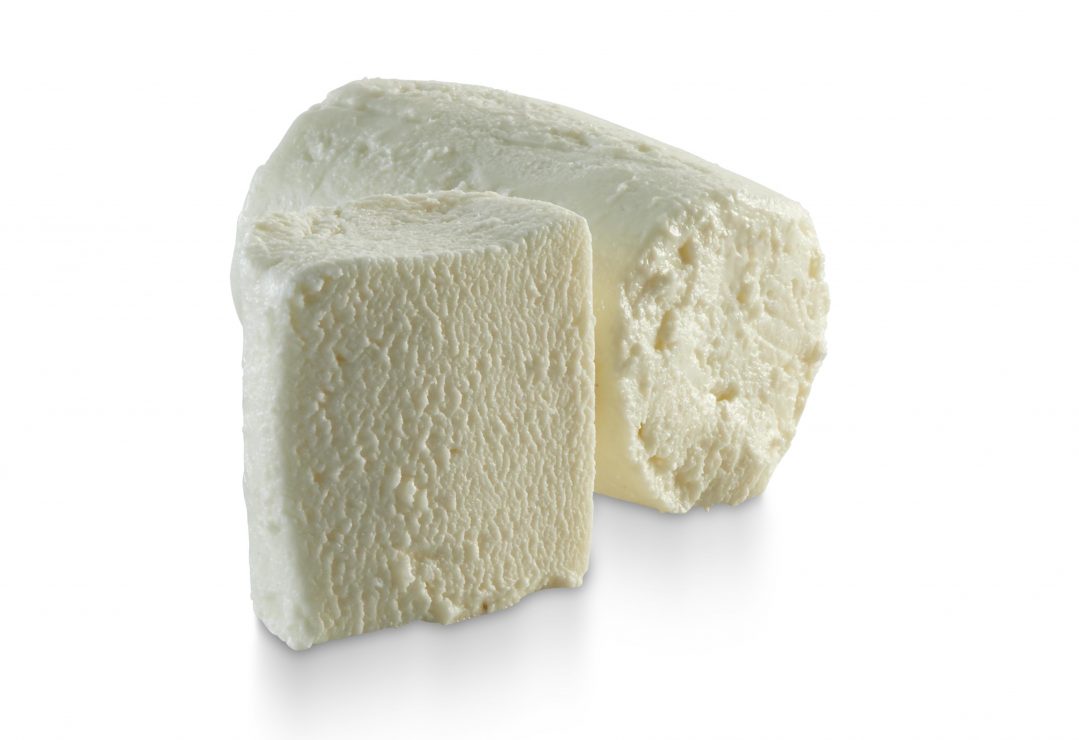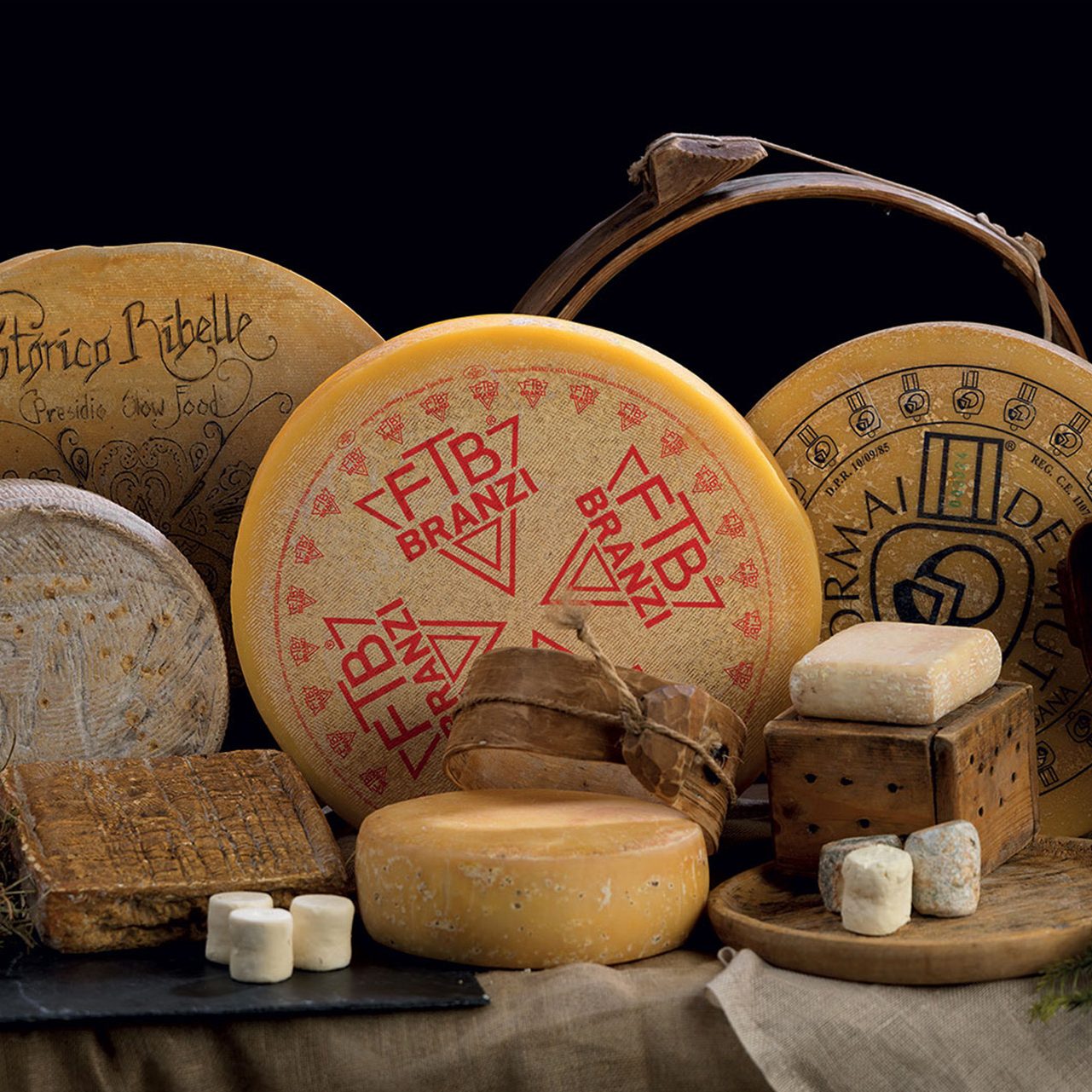
Formaggi capra orobica
Pastoral activities in the Orobian Alps go back to 5,000-6,000 years ago. In the XVIII century, because of the dairy and wool industry development, goat farming almost disappeared, while sheep and cattle farming increased. At the end of the XVIII century goat breeding was even banned, the so-called “war of the goats” to encourage coal production. In 1970 goat breeding and goat cheese production became popular again. Formagìt (fresh goat cheese) is made with Orobica della Valgerola goat’s milk. With this kind of goat’s milk it is also possible to make also the following goat cheeses: Roviöla and MatÜscin.
360-degree tour
Explore the details

Characteristics
Name:
Formagìt
Milk:
Goat’s milk, full cream, uncooked, with the addition of acid whey from the previous production.
Rind:
Absent if the product is fresh. If the cheese matures longer, a straw yellow, moist, soft and rough rind with white and gray moulds is formed.
Ageing:
Minimum 3 days.
Typology:
Fat, uncooked, soft cheese with mainly acid coagulation.
Production area:
Lombardy: province of Bergamo.
Production:
From March to October, summer (mountain pasture).



